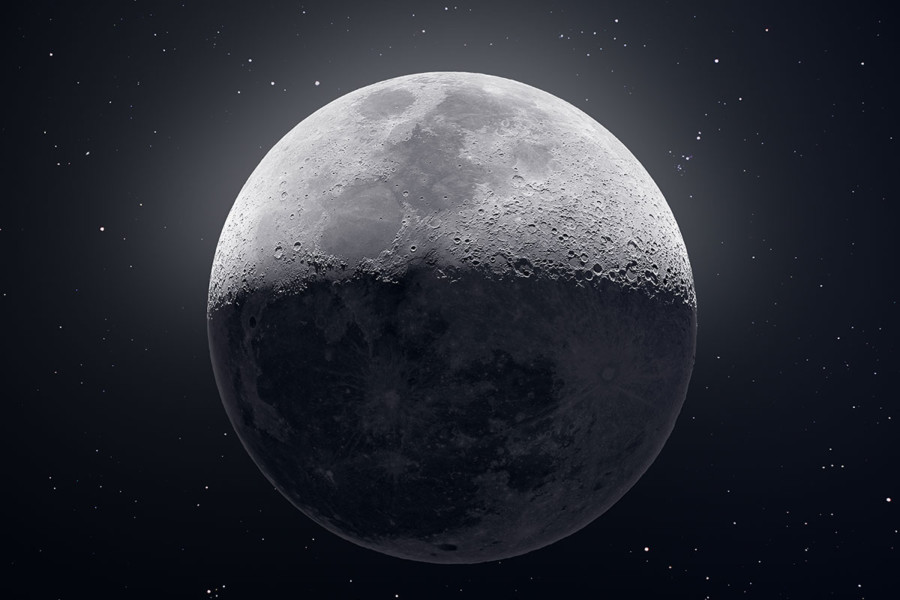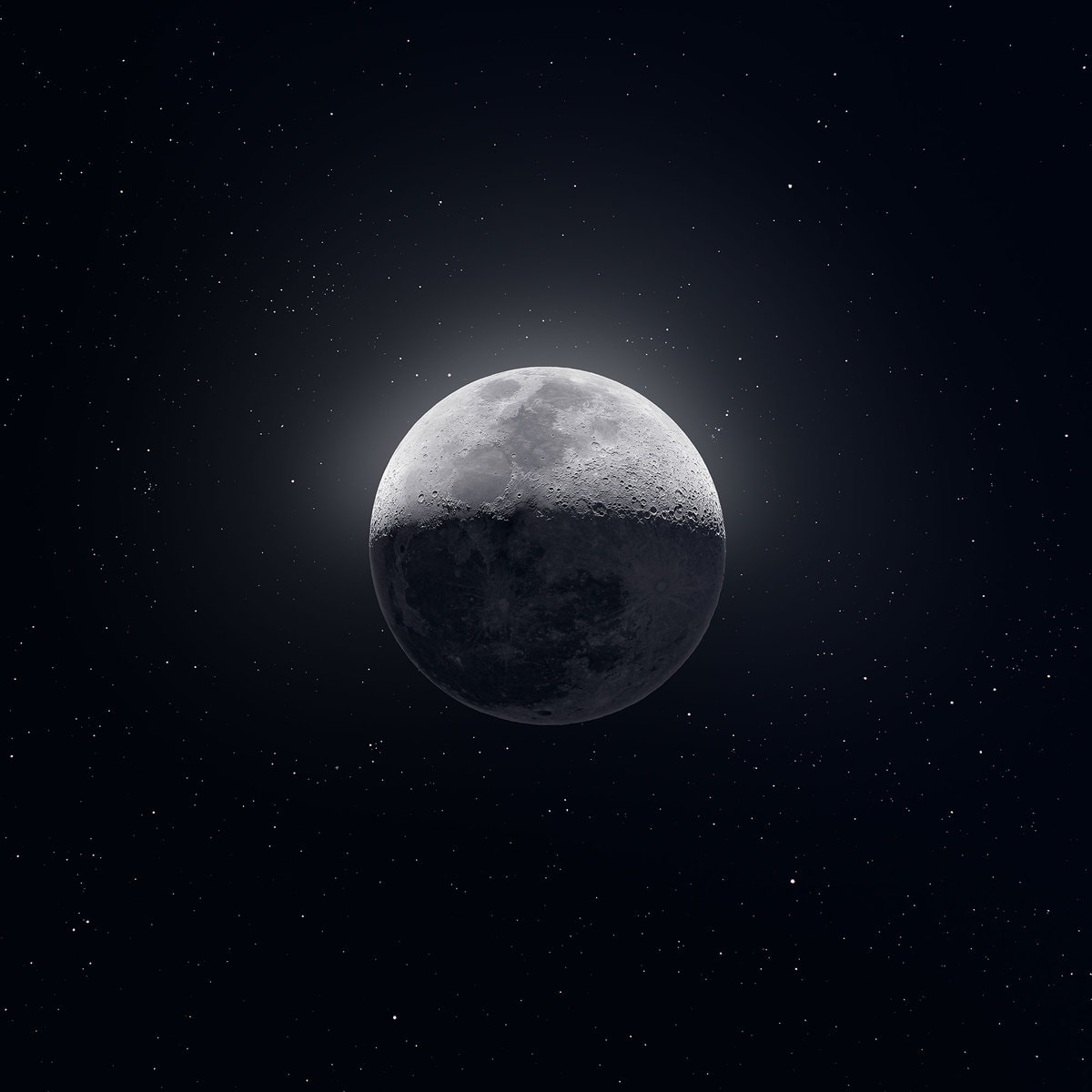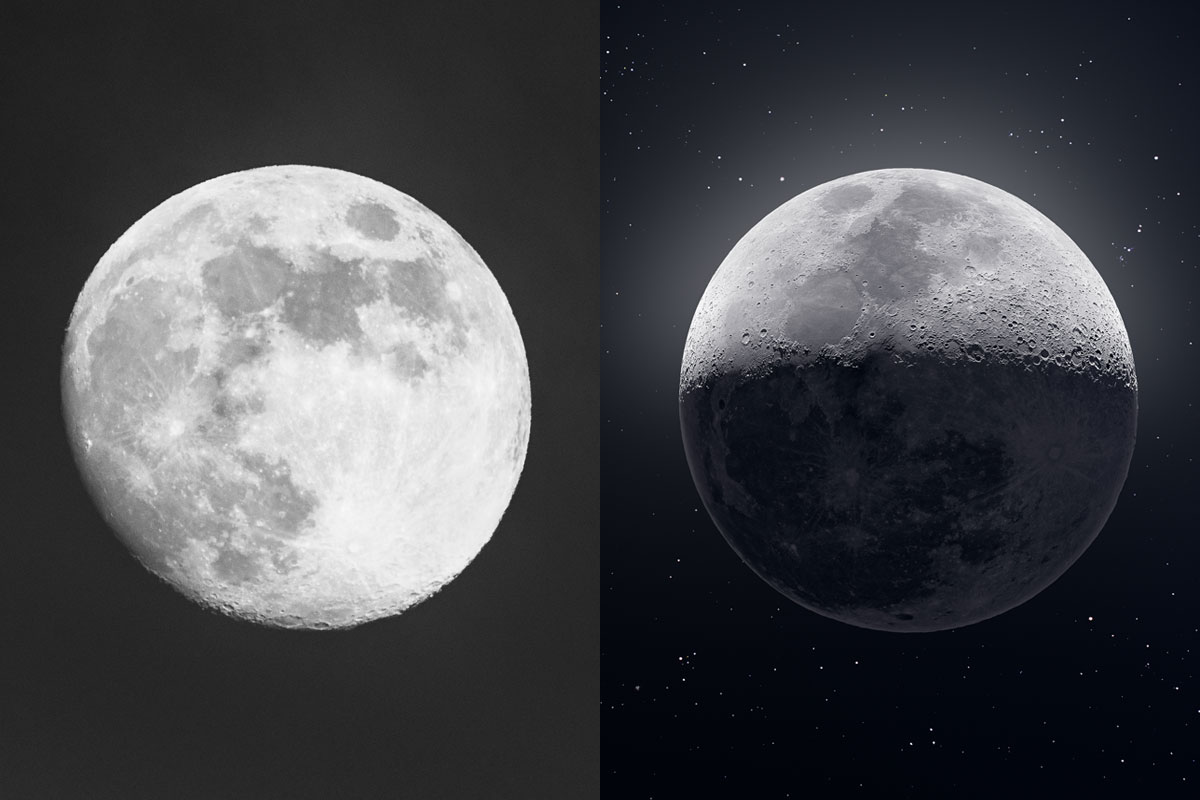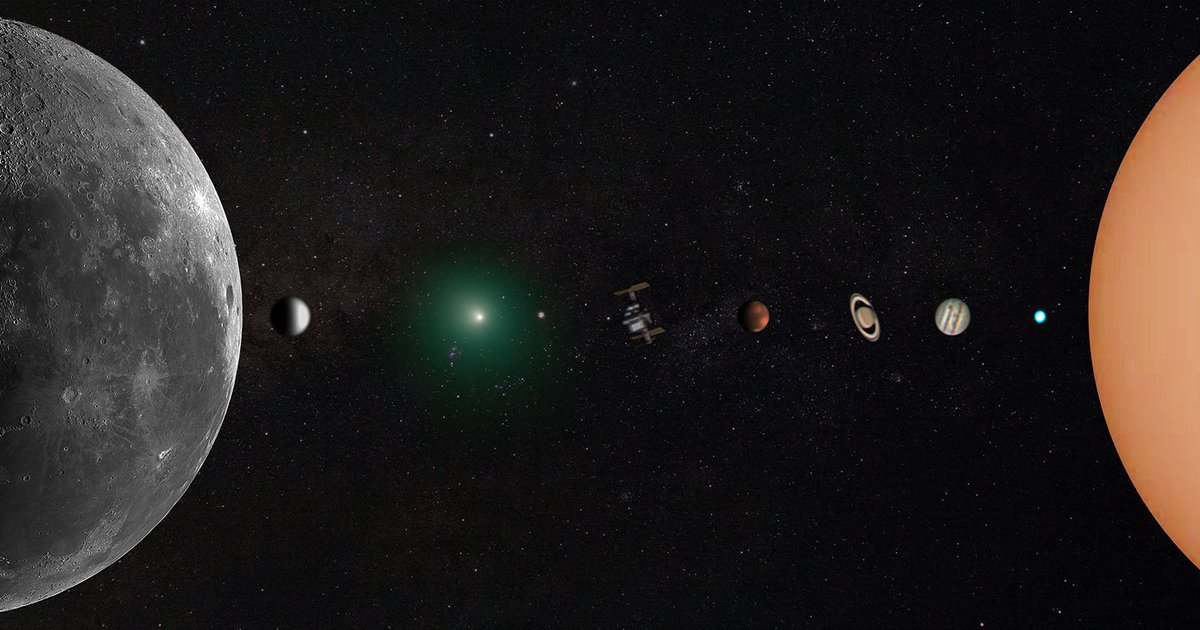Share
Creating an Iconic Moon Photo: Andrew McCarthy Dishes On His 50k Image Composite
California-native Andrew McCarthy (@cosmic_background) has made a habit of creating stunning planetary images from the comfort of his backyard in S...

California-native Andrew McCarthy (@cosmic_background) has made a habit of creating stunning planetary images from the comfort of his backyard in Sacramento. He’s one of a handful of astrophotography enthusiasts who use a combination of telescopes, specialized cameras and astro-specific software to create stunning images of space taken from terra firma with a level of clarity and detail that would have been impossible even a few years ago.
By day, McCarthy works for a software company, but he spends much of his free time on astrophotography. McCarthy’s latest effort combined 50,000 images to create a stunning composite of the Supermoon on February 19, 2019.


I reached out to McCarthy via email to find out more about his photography.
***
There’s been a surge of interest in near-field and deep-field astrophotography in the past few years. What piqued your interest and how did you get your start?
It really started when I was a child, and my father showed me the moon and the planets through his telescope. It left me with an insatiable fascination and curiosity for space. A few years ago I found a free telescope on Craigslist that I used to view the moon for the first time through a scope since I was a kid. It was a horrible scope, but it was enough to motivate me to go buy a better one. I picked up an Orion XT10 and started viewing the planets and some of the brighter deep space objects. From there I picked up a planetary camera and started making images.
You’ve shot the moon quite often from your backyard, but your latest composite is really outstanding. What was the impetus to create a 50,000 image composite?
I wanted to see how close I could come to making an image that was similar to what I could see through the scope. Our eyes have a much better dynamic range than cameras, so most images simply don’t do it justice. By combining so many images, I was able to even surpass the fidelity even our eyes are capable of, and create an image that had the level of detail and range that I was striving for.
To the average photographer, the notion of combining 50k photos sounds outlandish, but it’s common for deep field and planetary imaging. Can you explain why so many images are needed and a little bit about the software that makes working with such a large set manageable?

The multiple images are necessary to “average out” the atmospheric turbulence that fuzzes what would be otherwise perfectly focused images. It also increase the signal-to-noise ratio, which allows the histogram to be stretched to bring out stars and details in the earthshine that would otherwise be missed. This also allows for saturation adjustments that bring out color that our eyes can’t detect. Most of the stacking is completely automated through a program called “Autostakkert” that aligns and stacks the individual tiles to be then imported into photoshop and further adjusted.
You stated on the Reddit that you took “creative liberties” that are considered “no-no’s” in the astrophotography world. The same discussion exists in the landscape vs documentary photography world, so I’m interested in understanding what the creative liberties allow you to do with your photography.
The “creative liberties” I took included using stamping techniques to fill in patches with missing or bad data. An astrophotography purist would say that is cheating. I did this in a few places, because otherwise the image would have had several patches that were not as sharp.
I have your list of image capture gear, but what type of computer gear are you using?
My computer is a bit of a frankenstein, I built it originally in 2011 and have swapped out parts and made upgrades over the years as I needed to improve performance.

You’ve had previous “viral” success with your composite of the solar system. Do you have goals for your photography both from a business and creative perspective?

I hope one day to be able to have the financial independence to travel the world to photograph different celestial events (eclipses, transits, launches), as well as create a thorough catalog of deep-space objects, imaged in a way that brings excitement back to our skies. My goals are not truly financial (although money is always good) but rather generating excitement around this universe we live in. By changing the perspectives of people of not only our skies but also of our planet’s role in this vast universe, I can hope to leave my mark on the world in a positive way. I enjoy selling my prints and licensing my images, but I don’t think that is necessarily a stable career plan.
You have an Instagram account, but you’re most active on Reddit. Can you explain the importance of social media for your work, and the pros/cons of these platforms?
Social media is a brilliant medium to organically get your work in front of a large audience, and a way to gather feedback in real time. By looking at how people respond to my work, I can choose how to create images that resonate more effectively with an audience, and get people more excited for the images I’m creating. The downside – sometimes it brings out the worst in people in the comments section. Misinformation spreads like wildfire through social media. I can’t believe how many people look at an image I created say it’s obviously fake because our planet is flat.
McCarthy’s equipment and software includes:
- Sony a7 II
- ZWO ASI 224MC (CCD camera)
- Orion XT10 (Dobsonian telescope)
- Skywatcher EQ6-R Pro (tracking mount for telescope)
- Autostakkert (Windows only)
- Registax (Windows only)


